Pseudo Saltines
As so often happens, an accident gave us exactly what we were seeking. It began with a recipe from glutenfreeliving.com for Chickpea Flour Pappadums, an Indian flatbread without a leavening agent. We did not have chickpea flour on hand, so I used gram flour, thinking it was similar enough. As it turned out, they were not interchangeable, but we immediately recognized that the gram flour was the key to getting the saltine flavor we craved. Gram flour can be purchased at oriental super markets, usually in the Indian section. In most recipes, we use it instead of bean flour. In this recipe, either gram or bean flour will work.
After some experimentation with proportions and adding ingredients, we are thrilled with this combination. June
- 1 cup potato starch
- 3/4 cup gram or bean flour
- 1/2 cup tapioca flour
- 2 1/2 teaspoons salt
- 1 teaspoon xanthan gum
- 1/2 teaspoon baking soda
- 1/4 teaspoon white pepper
- ~
- 1/2 cup water
- 1/4 cup plus 2 tablespoons oil
- 1.Preheat oven to 475 degrees F (246 degrees C) when the time is right. Line baking sheets with parchment paper and set aside.
- 2. Measure potato starch, gram or bean flour, tapioca flour, salt, xanthan gum, baking soda, and pepper into food processor. Process to thoroughly incorporate all ingredients, and break up lumps in the potato starch and gram flour.
- 3 Measure the water and oil into a cup and, with the processor running on high, add oil combination. Process until dough forms into a ball.
- 4. Cut a piece of plastic wrap approximately 14” long. Lightly spritz your counter with water and lay the plastic wrap down, smoothing out any wrinkles.
- 5. Sprinkle a bit of potato starch onto the plastic. Forming the dough into a ball, roll it in the potato starch. Cut the dough into four equal portions and dip each exposed side into the potato starch and set aside.
- 6.Working with one portion of dough at a time, form into a flattened square or rectangle. Using your rolling pin, gently roll out the dough to a thickness of 1/8”. If the dough seems too sticky, sprinkle with a bit of potato starch.
- 7. Gently make puncture holes with your favorite fork like conventional saltines, and cut dough into 1” squares with a pizza cutter. For uniform squares, run the pizza cutter along the edge of a clean plastic ruler. Using a narrow spatula, place each square on the baking sheet. They can be close together because they will puff up a bit but not expand horizontally.
- 8. Bake for 5 minutes or until lightly browned on the bottom and slightly puffed. Cool on a rack, and store cooled crackers in a tightly closed container.
- Food processor
- Measuring cups and spoons
- Rolling pin
- Pizza cutter
- Small spatula
- 2 or 3 large baking sheets
- Plastic wrap
- Parchment paper
- Water spritzer
Like the Recipe? Get it here.
How To Season Wooden Utensils
Raw wood needs to be treated or cured before use to prevent bacteria growth, and to enable wooden utensils to repel liquids. An extremely knowledgeable mountain-climbing friend of mine in the wood business, shared this formula with me. I was unable to verify the origins of the formula, but I can attest that the process works.
How To Cook Quinoa
Quinoa is able to grow in high altitudes and withstand frost and intense sun. It was first imported to the United States in the 1970s, and has grown in popularity due to its superior nutritional qualities and versatility. Quinoa is considered a complete protein, as it includes all nine essential amino acids.
How To Hard Boil Eggs
The colorful yolks are caused by iron in the yolks that reacts with hydrogen sulfide from the whites, according to the American Egg Board. While the discoloration is harmless, we have included a foolproof recipe for hard boiling eggs, just in case green isn’t your favorite color.

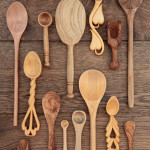
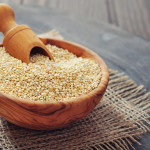
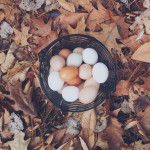

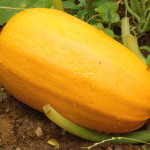
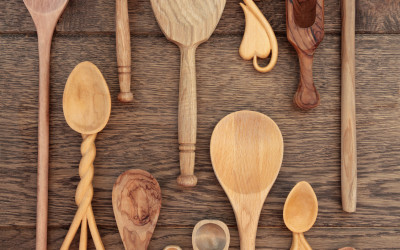
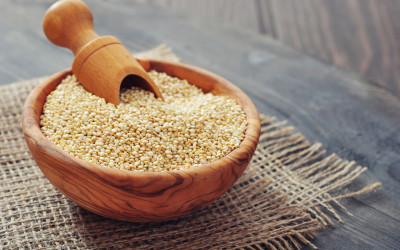
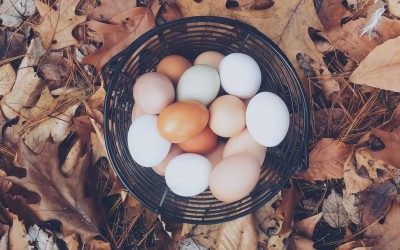
Recent Comments